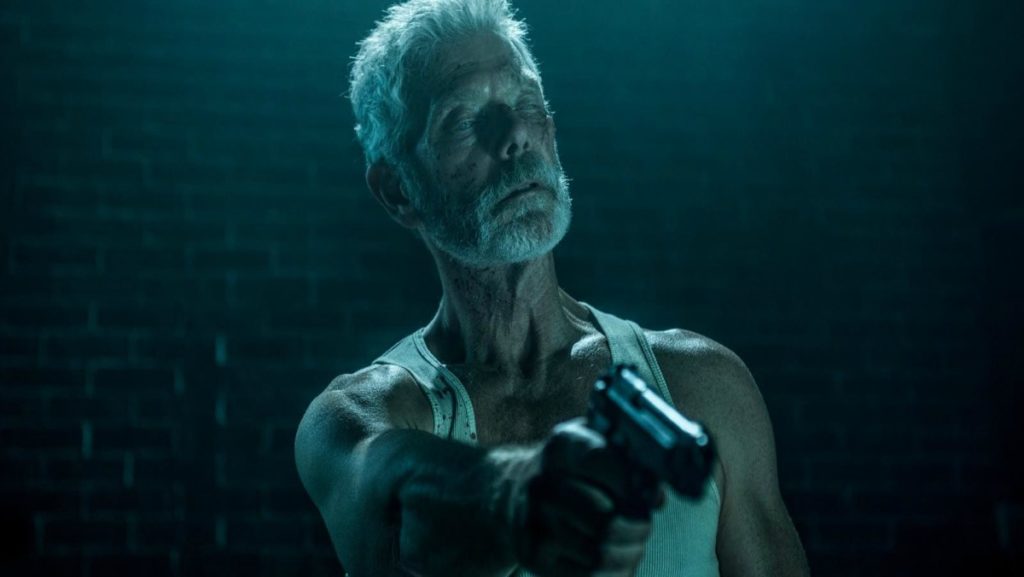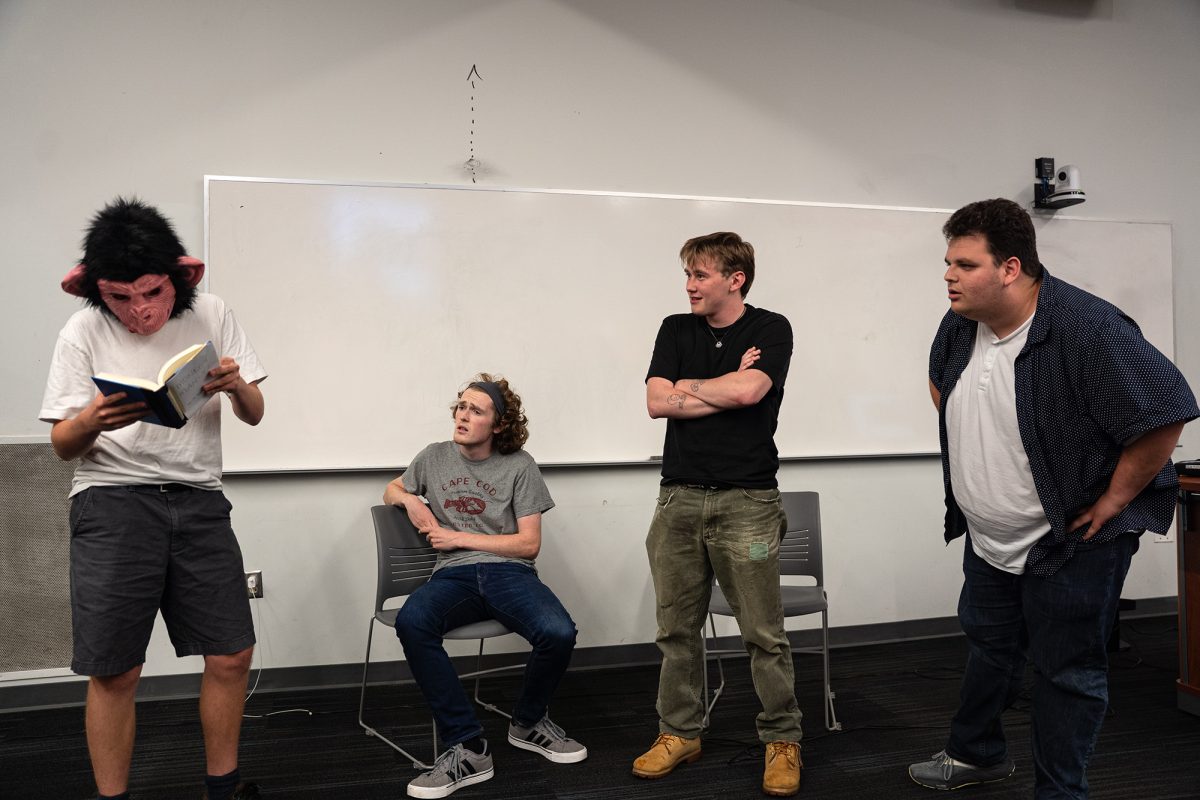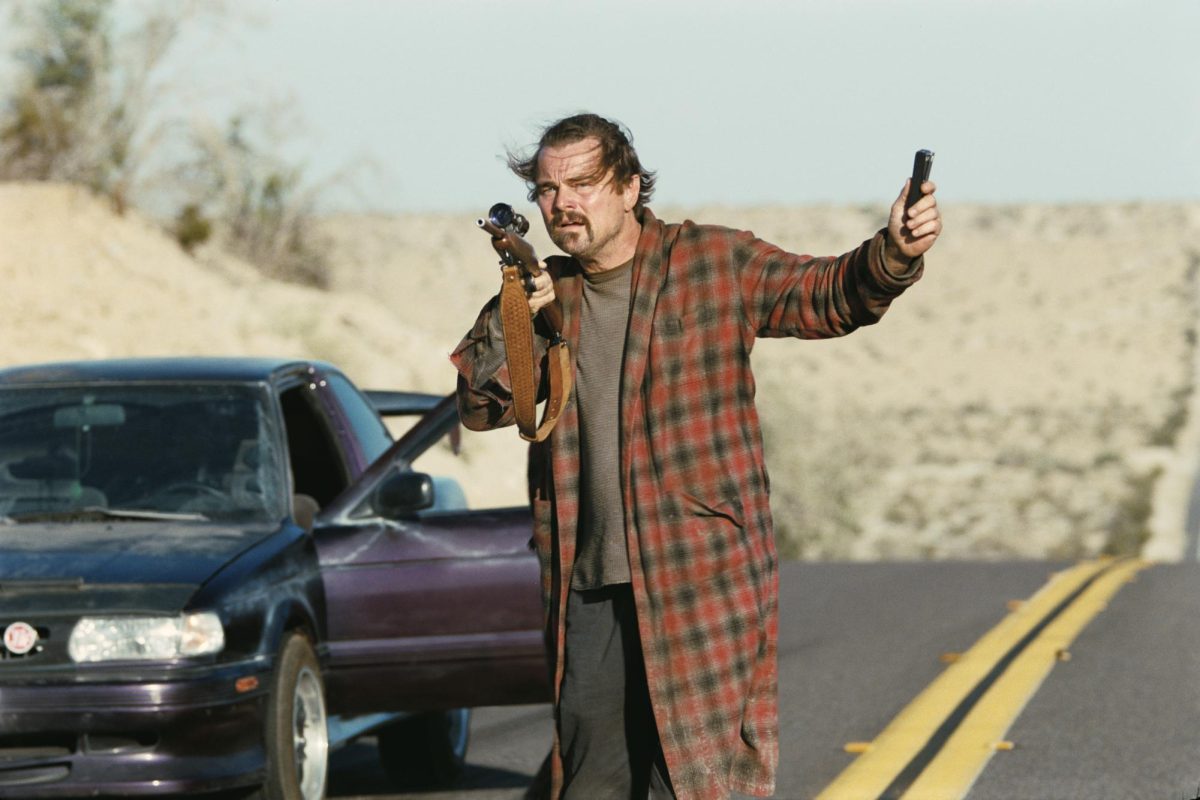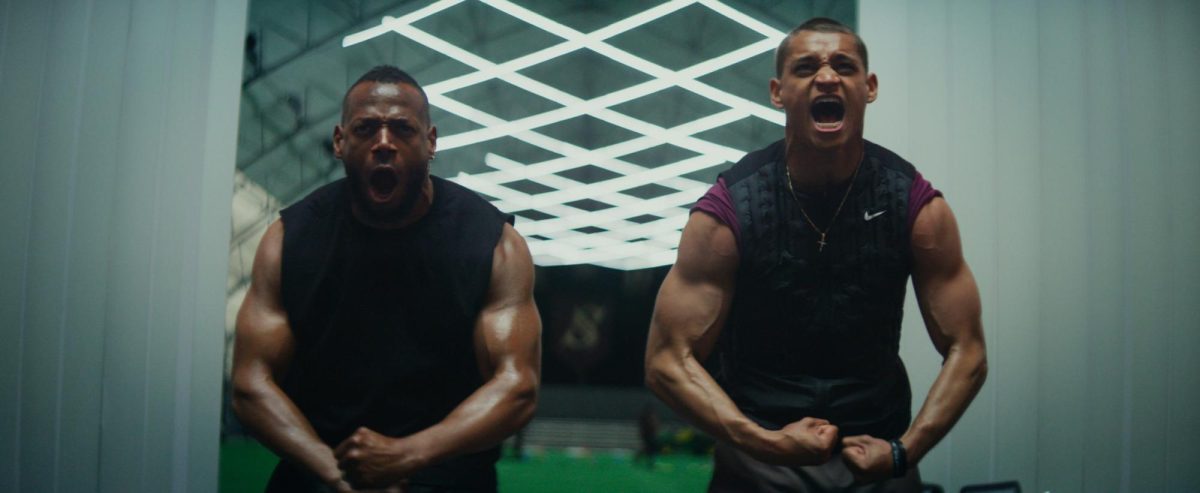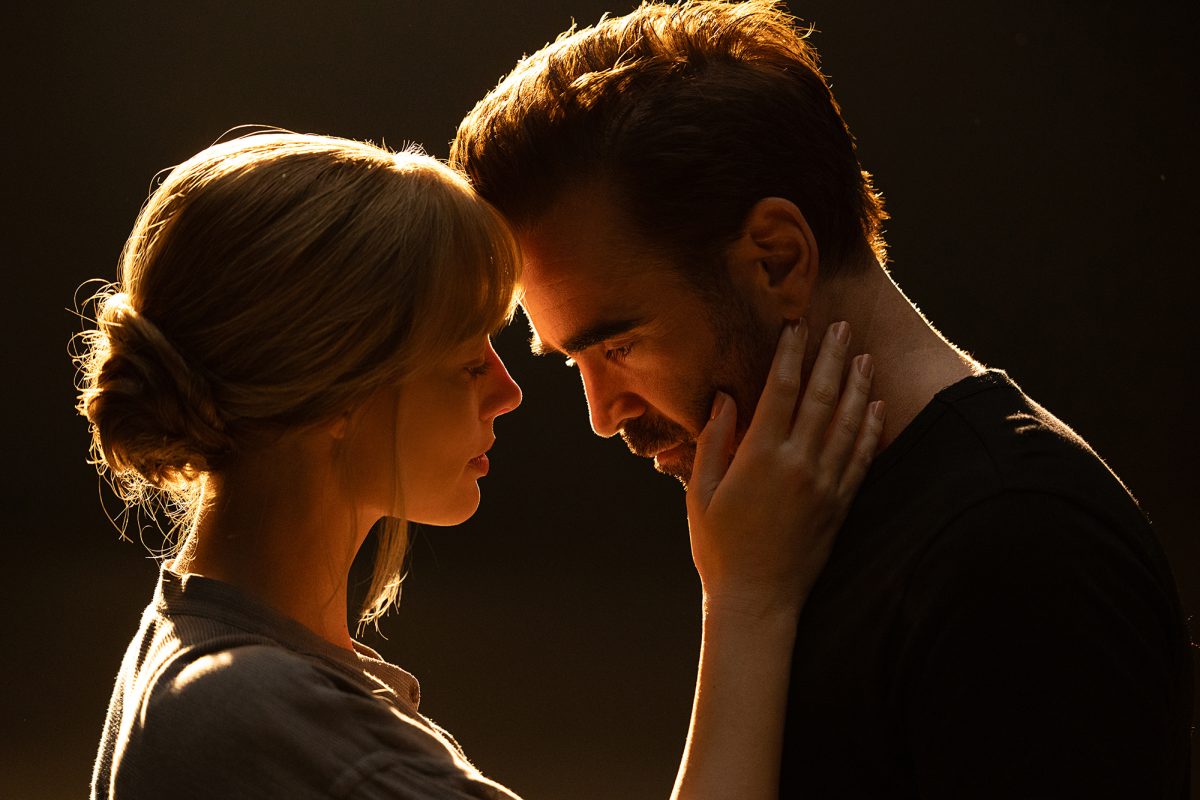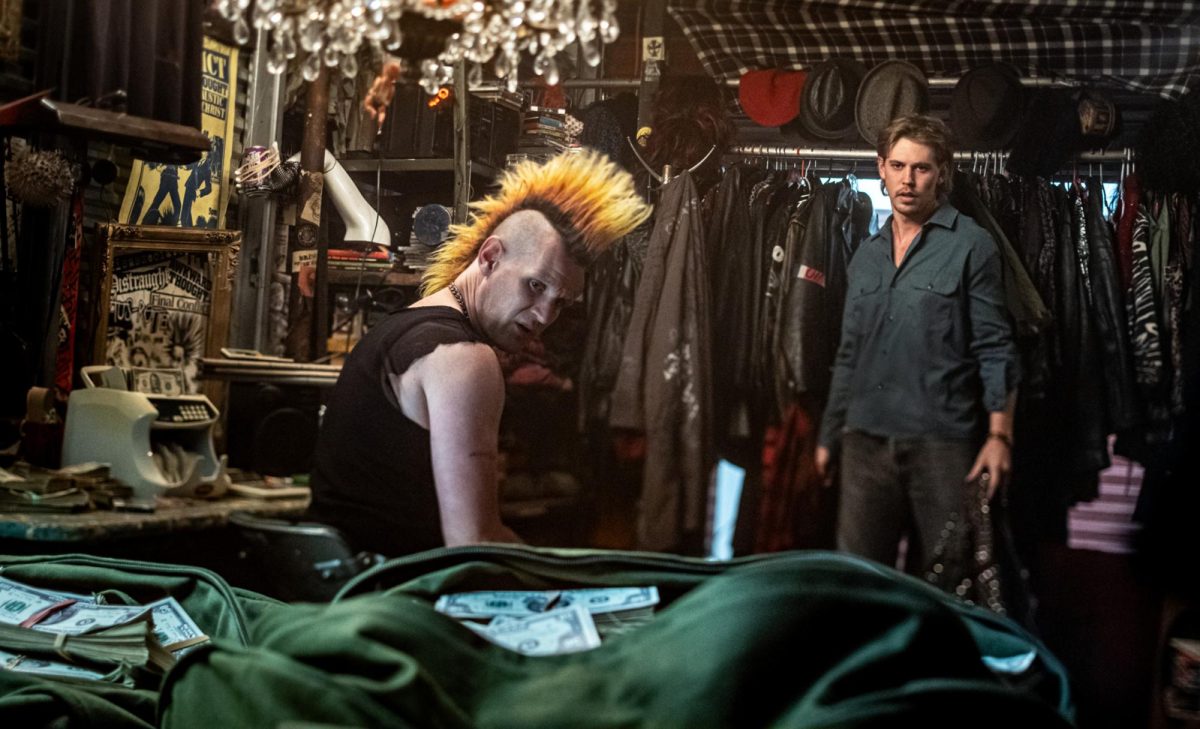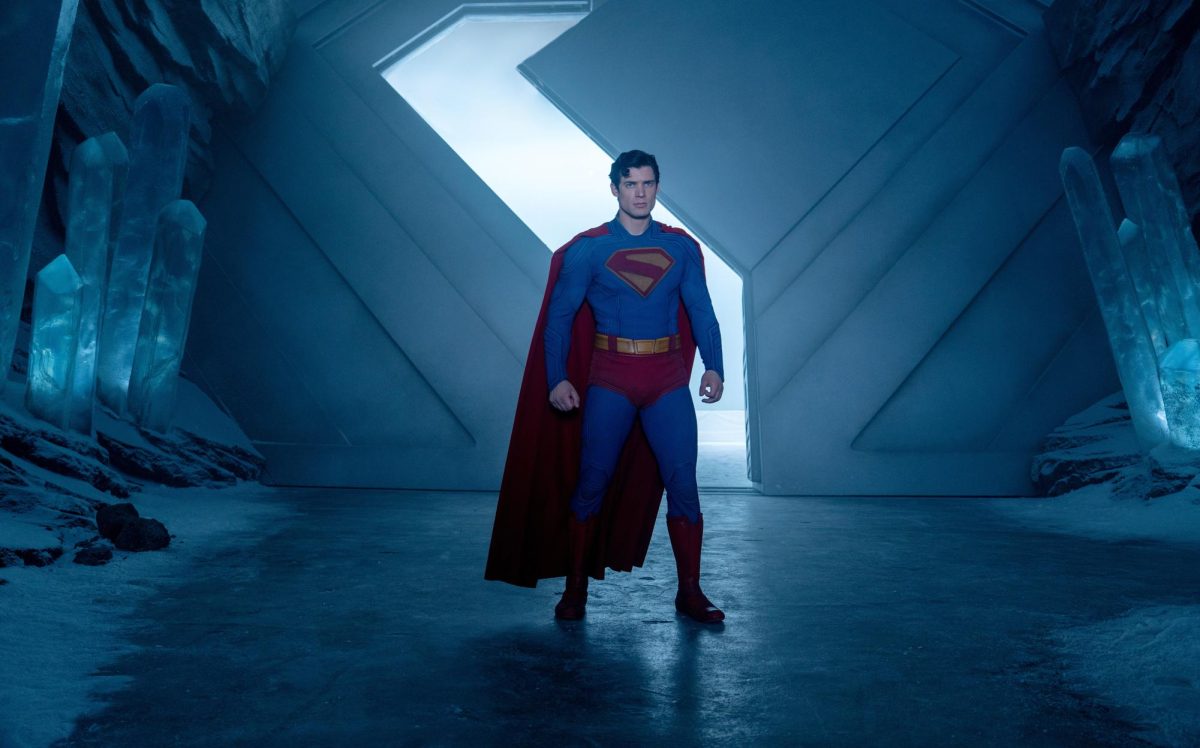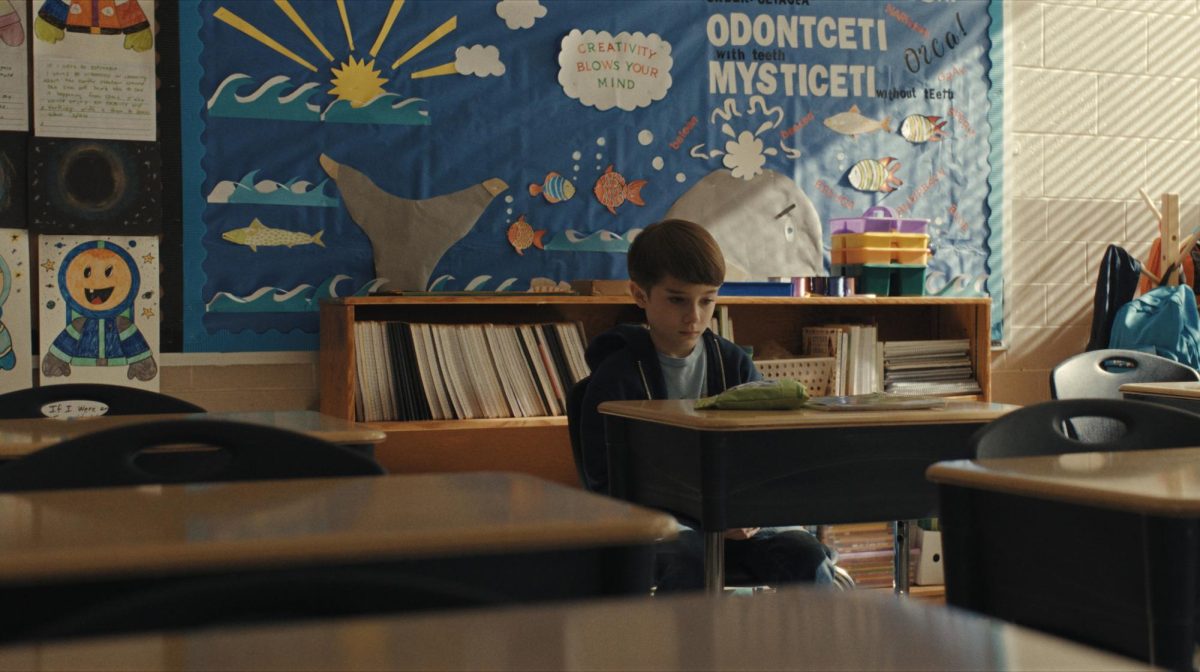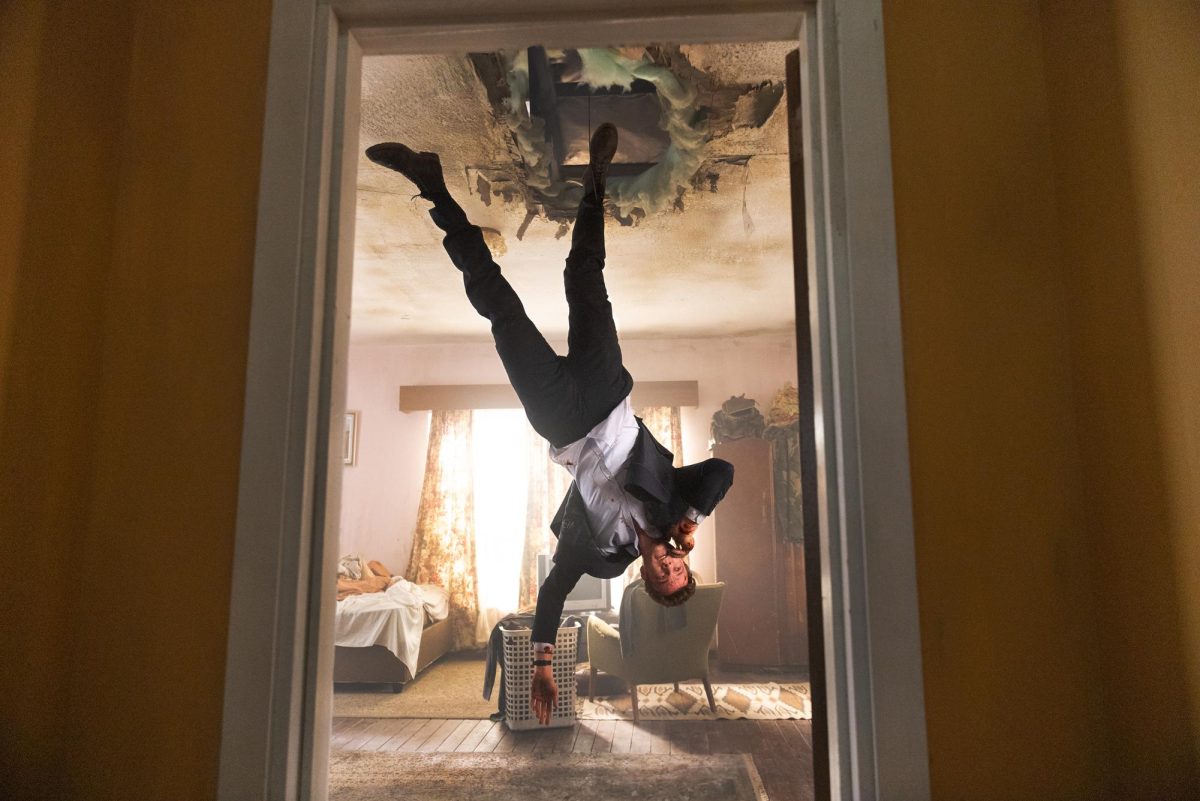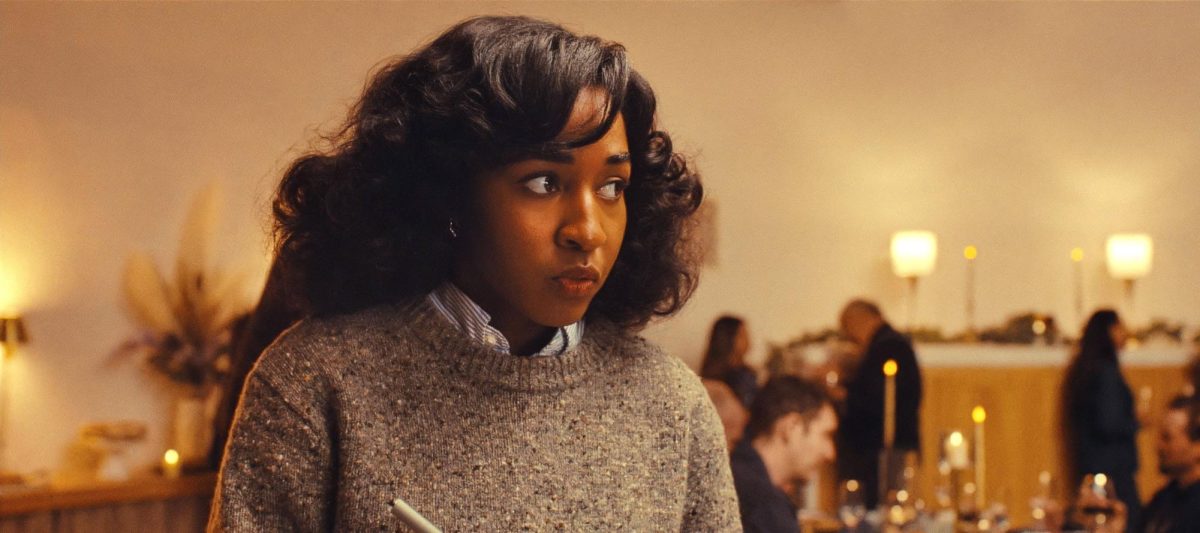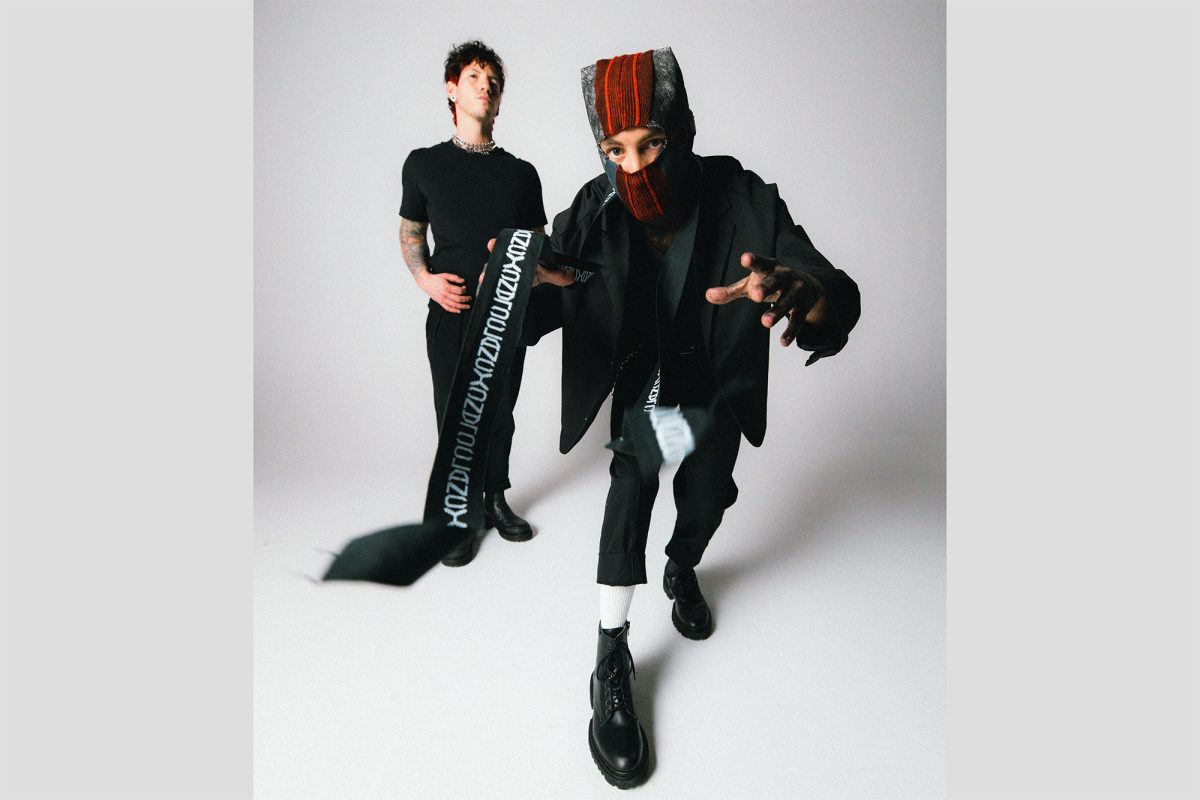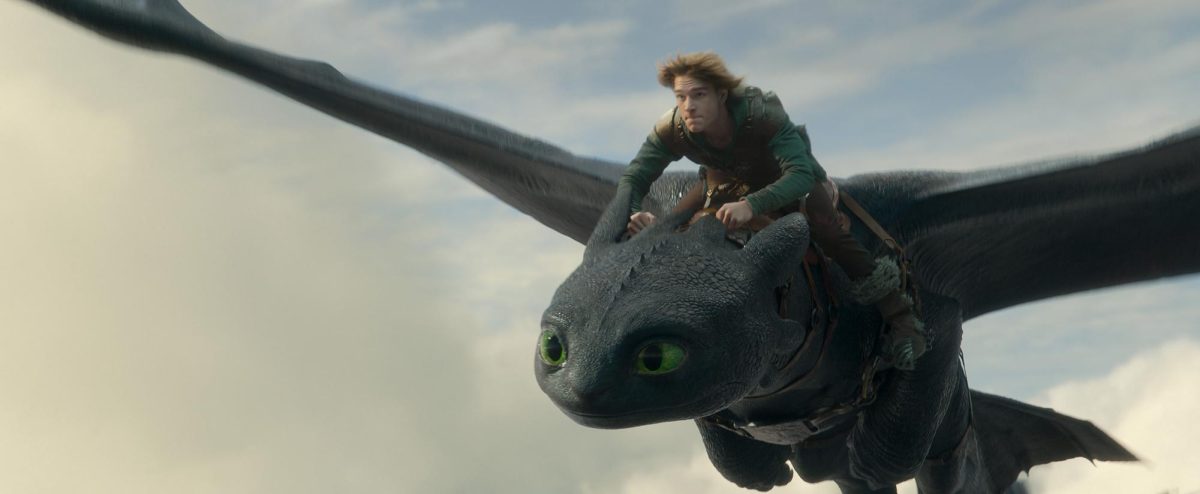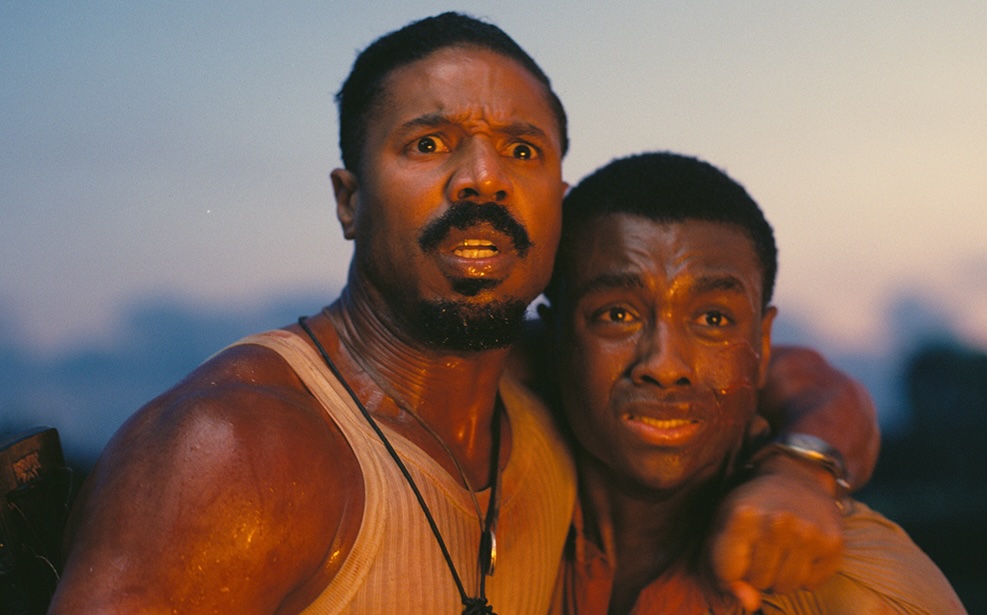After a summer of disappointing big-budget Hollywood films such as “Ghostbusters” or “Suicide Squad” comes a smaller horror film: “Don’t Breathe,” the hit of the summer. “Don’t Breathe” was not expected by many critics or viewers to be very good, considering director Fede Alvarez’s previous work, “Evil Dead,” received mixed reviews. Viewers might, therefore, expect a run-of-the-mill horror film, but it is actually an inventive genre film that will make one’s skin crawl.
”Don’t Breathe” follows the releases of modern horror wonders such as “It Follows” and “The Babadook.” The film has now been ranked at number one for two weekends in a row, beating out “Suicide Squad.” It follows a trio of thieves living in Detroit, searching for a way out. The three teens hear of the perfect opportunity: an old blind man who has a hundred thousand dollars locked away in his home. That is, until things go haywire — when the unnamed Blind Man (Stephen Lang) awakens to find he is being robbed, he turns to violence: He’s determined to kill whoever set foot in his home.
Rocky (Jane Levy) is a young woman looking to escape Detroit and move to California with her younger sister to keep her away from their unfit mother. Levy is a returning cast member with Alvarez — the pair worked together on the set of “Evil Dead.” Alex, Rocky’s best friend, is played by Dylan Minnette, whose immense likeability and charm touches viewers throughout the film and produces a harmonious duo with Levy. Despite the minimal amount of characters, the development of each spans the entire film. Dynamic protagonist Rocky not only contributes to plot development, but she grows as a character as well.
The characterization in the film is important because it allows viewers to root for the trio of robbers — ones that are traditionally characterized as villains. This switch of traditional film roles only persists throughout the film.
The horror film turns awry when viewers discover a young woman in the Blind Man’s basement. The film quickly shifts from traditional horror to gruesome and vile. In terms of content, “Don’t Breathe” comes close to “Evil Dead” in that they each produce a gross, vile plot twist viewers don’t expect.
With the perfect use of lighting, Alvarez uses a night-vision style to make viewers feel like they are in the dark with the characters. Most horror films elicit a response of screams and terror, but as the title suggests, the audience in the theater was utterly silent, an uncommon situation for a horror film. Alvarez creates an intuitive cat-and-mouse game that leaves the audience with a feeling of uneasiness, creating a film they will not forget.
“Don’t Breathe” is more grounded in its script and its direction — it doesn’t rely on typical jump scares, but it builds tension throughout. This home invasion movie is a flipped-on-its-head thrill ride with such intensity that viewers will find themselves gripping their chairs until the very end.



